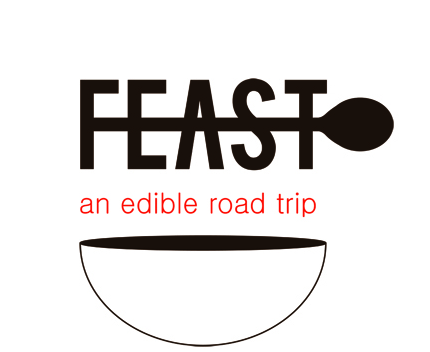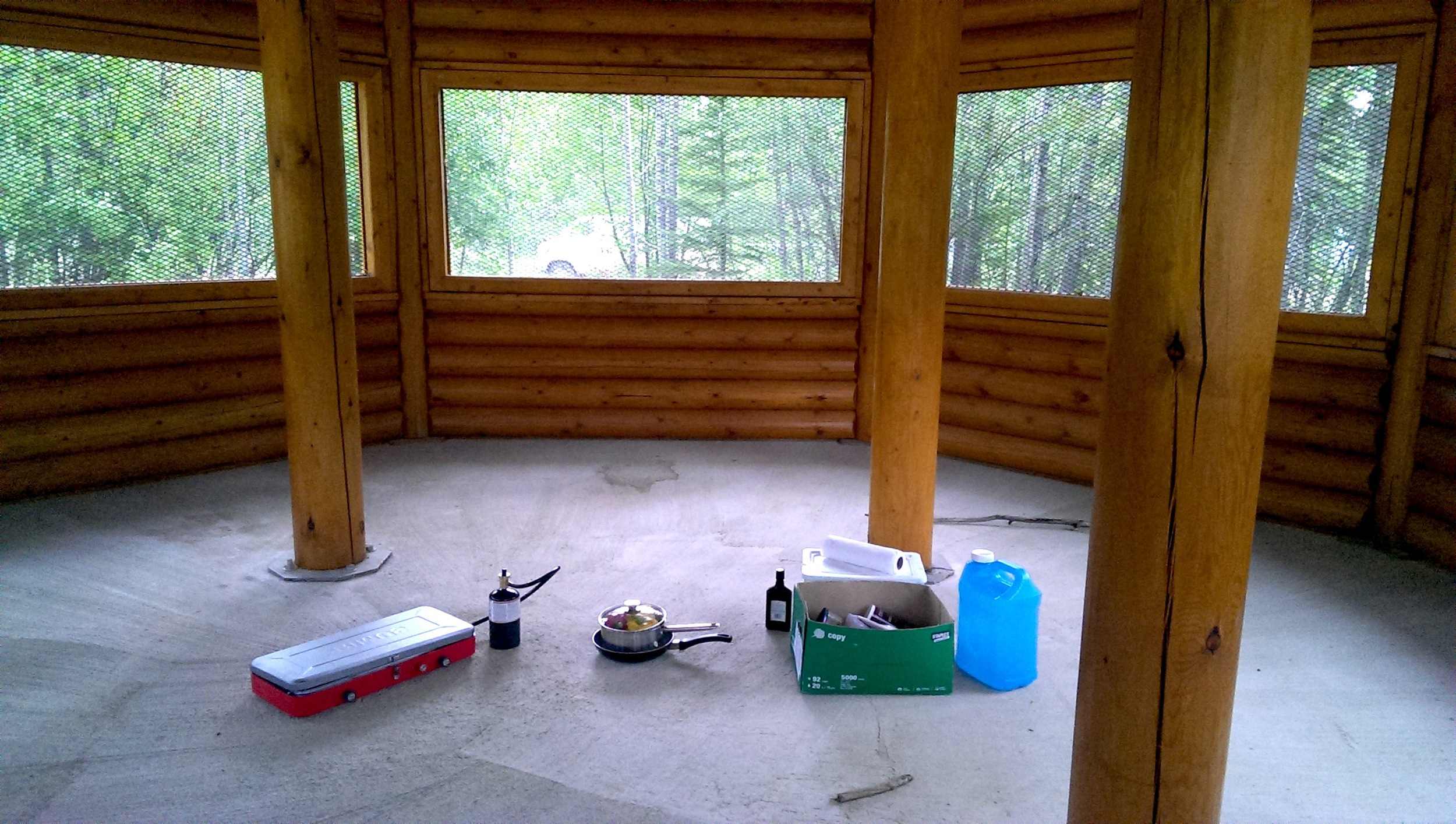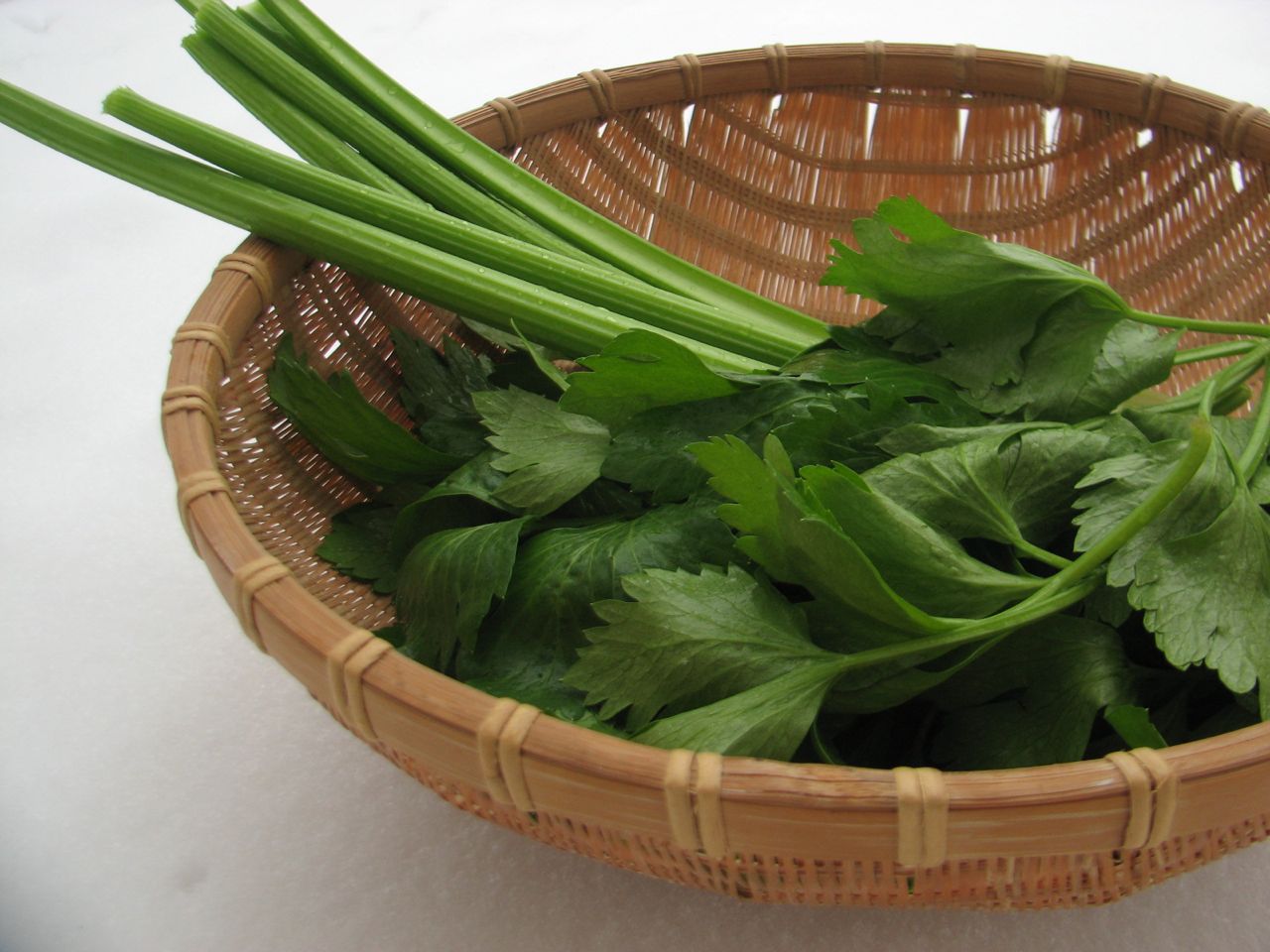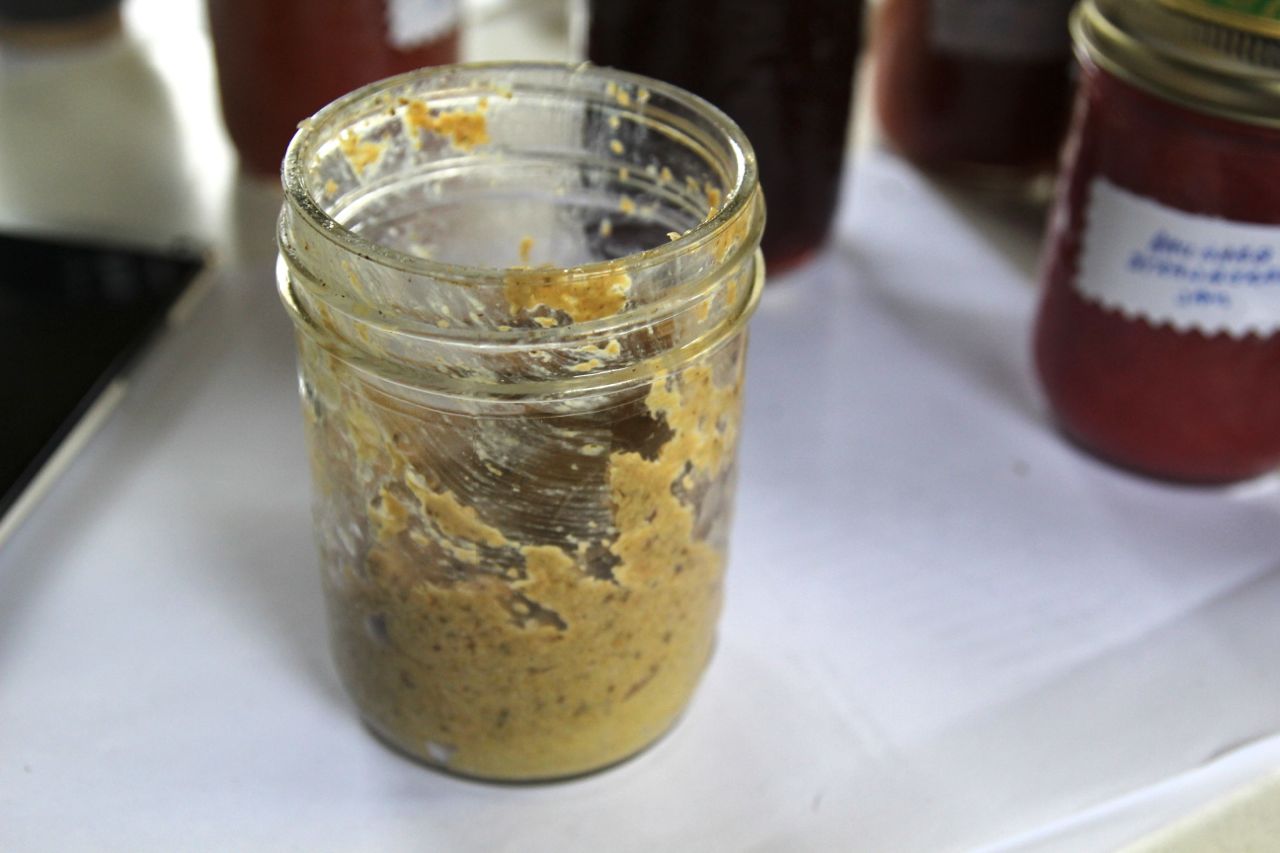Road Kitchen: Whitefish from the Great Slave Lake
Hay River is the epicenter of fishing for the NWT. We consistently heard about how good the fish was from locals while we were there. It’s so good, in fact, this town of just 3500 people has a food truck with whitefish as the featured ingredient.
All the fishers in Hay River combined only fish about 19% of the sustainable quota. This is partly because there are just a LOT of fish in the lake, and partly because fishing is hard work and it can be difficult to find labour. Fishing in Hay River has a strong potential to be a source of growth for the town.
There are, however, some barriers. Currently, much of the fish is sold to a packaging company, who distribute fish from multiple sources. This guarantees a market, and a stable income. This also means, however, they have to set a lower price. According to Andrew Cassidy, if there was a stronger local demand (including northern BC, Alberta, Yukon, and the rest of NWT), they could sell at more of a premium, and keep their fish local. This is a classic paradox for many producers today; premium products are forced to compete with commodity products, and producers often need to sell more for less in order to make a living.
We picked up some of this locally famous whitefish at the farmers market. The de-boned and fileted fish was big enough to feed 4, and, at premium price, cost only $10. We made our dinner, including Andrew and Helen’s produce, almost entirely from our farmer’s market goods from the day.
We pan-fried the fish in butter and served it over beet greens sautéed in butter, cumin, sea salt, and Yukon fireweed jelly, alongside a carrot-apple-beet salad. The fish truly was incredible; it tasted like very tender halibut.
It was nice to have had such a big, satisfying meal, because this was the night we had to dodge a relentless NWT thunderstorm by sleeping in a concrete picnic shelter.
Happy, and only a little bit uncomfortable, we fell fast asleep…
-DV
















